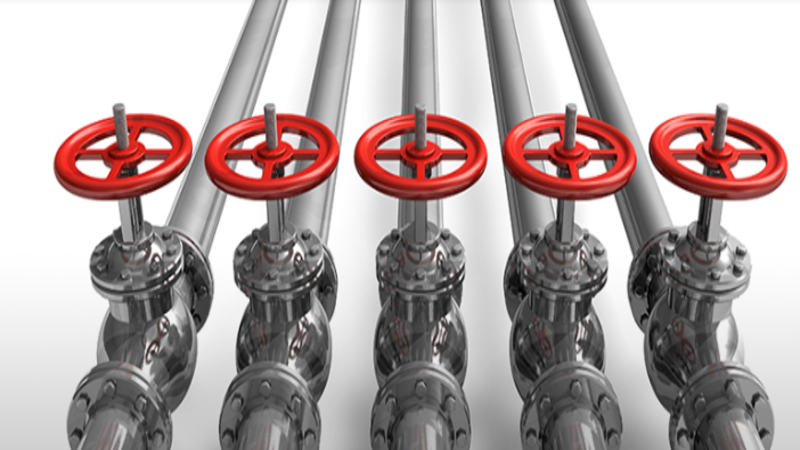In most stores and supply services in Minneapolis, even in hardware stores and home renovation outlets, you will find a variety of different types of anchors. These are specialty fasteners that are designed to allow the fastening of materials into concrete and building materials that are not able to support the use of traditional nails, screws or standard types of bolts.
Wedge anchors, which are sometimes called a concrete wedge anchor, are an ideal way to attach wood or metal to concrete surfaces after the concrete is poured and cured.
The Parts of the Anchor
While sold as a single unit, wedge anchors are actually made up of four different parts or components. They are all designed to work with each other to wedge the anchor into a pre-drilled hole in the concrete, which makes them easy to use on any Minneapolis construction project.
The four parts of this type of anchor include the body, or the shaft, the expansion clip, the nut and the washer. The body is the key in the design and functioning, together with the collar.
The body of the anchor is threaded from the top down about half way. From there, the body is unthreaded and tapers to create a rough and wide cone shape to the bottom of the anchor. Then, at the bottom the anchor goes back to nominal diameter, create the appearance of a bulge. Over the tapered part of the body is the expansion clip or collar.
As the nut is tightened with the washer, it exerts a pulling movement up, forcing the wider part of the end of the wedge anchors up through the expansion clip, which pushes outwards on the side of the hole and secures the fastener in place.
In order for the parts to work correctly to provide the secure hold, it will be important to drill the hole to the correct depth for the anchor, to clean out the hole before inserting the anchor and to make sure the anchor is tapped or hammered into place and is fully inserted into the hole before tightening.



